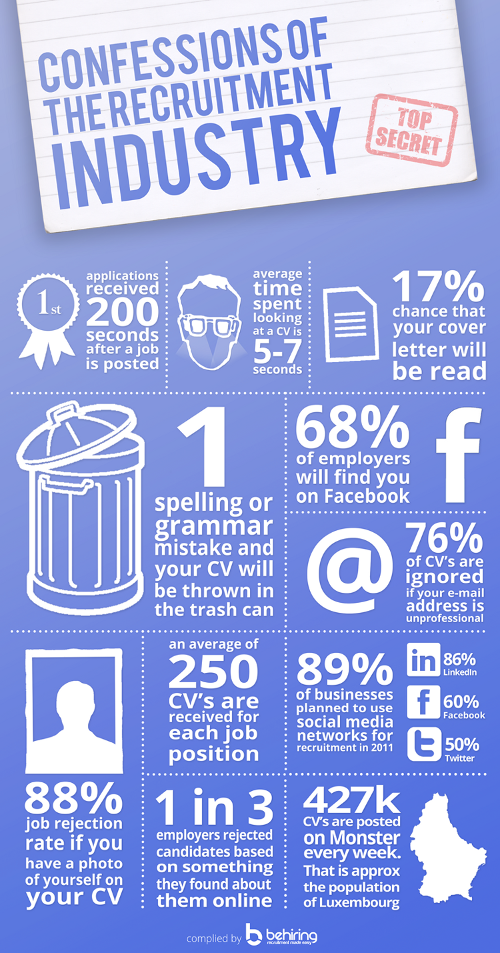 NPA is a member-owned recruiting network that helps foster split placements. We’ve been doing this since 1956, so we have learned a lot about how to make splits. Today I’m devoting this space to the opposite side of the coin – with a tongue-in-cheek look at some actions you can take if you’re NOT serious about making splits. And if you *really* want to kill a deal, feel free to combine 3 or 4 of these all at once:
NPA is a member-owned recruiting network that helps foster split placements. We’ve been doing this since 1956, so we have learned a lot about how to make splits. Today I’m devoting this space to the opposite side of the coin – with a tongue-in-cheek look at some actions you can take if you’re NOT serious about making splits. And if you *really* want to kill a deal, feel free to combine 3 or 4 of these all at once:
Hoard your best positions. One sure way to fail at split placements is by only sharing crappy jobs. When you get a great job – great fee, great salary, great company, great hiring process, great relationship with the hiring manager – keep that one all to yourself. Only let your partners ‘help’ you on the jobs that are the complete opposite.
Hoard your best candidates. When you get a rainmaker that’s a perfect fit for your partner’s job, hold out for an opportunity to place them on your own for a full fee. That way, you can up the odds that everyone walks away unhappy. Got a marginal candidate that you wouldn’t send to your own best client? Feel free to send that one along to your trading partner. Conversely, when you get a great candidate from your partner, be sure to present your OWN not-as-great candidate instead so that you can keep the whole fee.
Send speculative candidates that have not been qualified for a current opening. Nothing says, “I love split placements” like expecting your partner to do something with a candidate they didn’t ask for and doesn’t match any of their current positions.
Be paranoid. When you’re working on split placements, make sure you speak in code and withhold a lot of details, like the candidate’s name or the client’s name or the job location. Your partners *love* that.
Don’t return calls/reply to email. Providing timely, accurate feedback to your partner (whether on the candidate side or the job side) is really important when making split placements. If you want to kill your deal, it’s a good idea to avoid your trading partner.
Don’t make any proactive calls for help. When you have a job to fill, send out one email blast to everyone you know. Then sit back and lament the poor response. After all, email *always* gets delivered, and *everyone* loves being on an email distribution list.
Don’t have a 50/50 mindset. This can be achieved by expecting your partner to accept a smaller cut of the fee (20-25%) OR by expecting to receive half of the fee for doing way less than half the work. Most recruiters I know would be *thrilled* to have an arrangement that unfairly rewards one partner over another.
Recruiters who are successful at split placements know that “50% of something is better than 100% of nothing.” They openly share their best candidates and jobs, and treat their partners “fair and square.” My snarky comments are exaggerated, but these behaviors will — and DO — impede splits. What’s your ‘favorite’ deal-killer?










